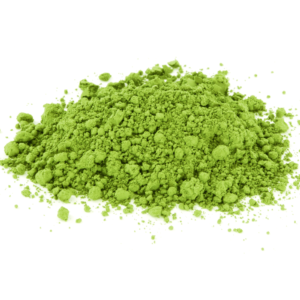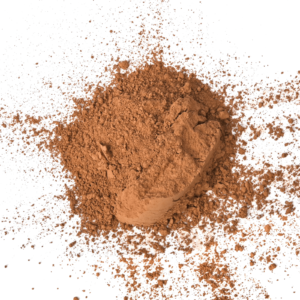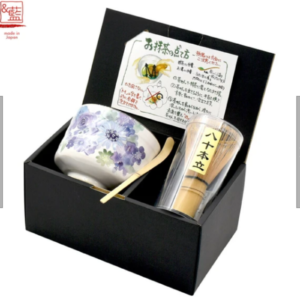Japanese Teacup Matcha Bowl

$99.00
A wide variety of pottery [Mino ware] is produced in Gifu Prefecture*Higashi Mino.
Mino ware is supported by a long history and tradition,
Mino ware, which is supported by a long history and tradition, accounts for about 60% of the national market share in terms of tableware production,
It is no exaggeration to say that it is the representative of Japanese pottery.
Mino ware is used casually in daily life and blends in without being noticed.
That is [Mino ware].
The history of Mino ware is old and dates back to more than 1,300 years ago.
At first, the technique of Sue ware was introduced from the Korean peninsula.
In the Heian period (10th century), ash-glazed ceramics known as shirashi (white porcelain) began to be fired.
Shirashi, or white porcelain with an ash glaze, began to be fired during the Heian period (10th century).
Shirashi was an improved version of Sue ware with a glaze.
At this time, the number of kilns increased and the area became a full-fledged pottery production center.
From the Azuchi-Momoyama period to the early Edo period (1603-1867), pottery reflecting the tastes of tea ceremony masters became popular along with the tea ceremony.
pottery reflecting the tastes of tea masters was produced.
In the early Showa period (1926-1989), the demand for high-end products increased, and the technology improved markedly along with increasing mechanization.
The kilns were also changed from charcoal kilns to heavy oil kilns. Kilns were also changed from charcoal kilns to heavy oil kilns* to shuttle gas kilns* to tunnel kilns, roller hearth kilns, and roller hearth kilns.
Tunnel kilns and roller hearth kilns were developed at the same time,
Improved yield * Uniformity of products * Mass production
Fortunately, Mino ware has not been hit by war and has survived many recessions,
Mino ware, which fortunately did not suffer from war and has survived many recessions, is now by far the largest producer in Japan, both in name and in reality.
Western tableware accounts for about 51% of domestic production, Japanese tableware for about 58%, and tiles for about 41%.
Mino ware accounts for the majority of tableware used in Japan.
A wide variety of pottery [Mino ware] is produced in Gifu Prefecture*Higashi Mino.
Mino ware is supported by a long history and tradition,
Mino ware, which is supported by a long history and tradition, accounts for about 60% of the national market share in terms of tableware production,
It is no exaggeration to say that it is the representative of Japanese pottery.
Mino ware is used casually in daily life and blends in without being noticed.
That is [Mino ware].
The history of Mino ware is old and dates back to more than 1,300 years ago.
At first, the technique of Sue ware was introduced from the Korean peninsula.
In the Heian period (10th century), ash-glazed ceramics known as shirashi (white porcelain) began to be fired.
Shirashi, or white porcelain with an ash glaze, began to be fired during the Heian period (10th century).
Shirashi was an improved version of Sue ware with a glaze.
At this time, the number of kilns increased and the area became a full-fledged pottery production center.
From the Azuchi-Momoyama period to the early Edo period (1603-1867), pottery reflecting the tastes of tea ceremony masters became popular along with the tea ceremony.
pottery reflecting the tastes of tea masters was produced.
In the early Showa period (1926-1989), the demand for high-end products increased, and the technology improved markedly along with increasing mechanization.
The kilns were also changed from charcoal kilns to heavy oil kilns. Kilns were also changed from charcoal kilns to heavy oil kilns* to shuttle gas kilns* to tunnel kilns, roller hearth kilns, and roller hearth kilns.
Tunnel kilns and roller hearth kilns were developed at the same time,
Improved yield * Uniformity of products * Mass production
Fortunately, Mino ware has not been hit by war and has survived many recessions,
Mino ware, which fortunately did not suffer from war and has survived many recessions, is now by far the largest producer in Japan, both in name and in reality.
Western tableware accounts for about 51% of domestic production, Japanese tableware for about 58%, and tiles for about 41%.
Mino ware accounts for the majority of tableware used in Japan.





Reviews
There are no reviews yet.